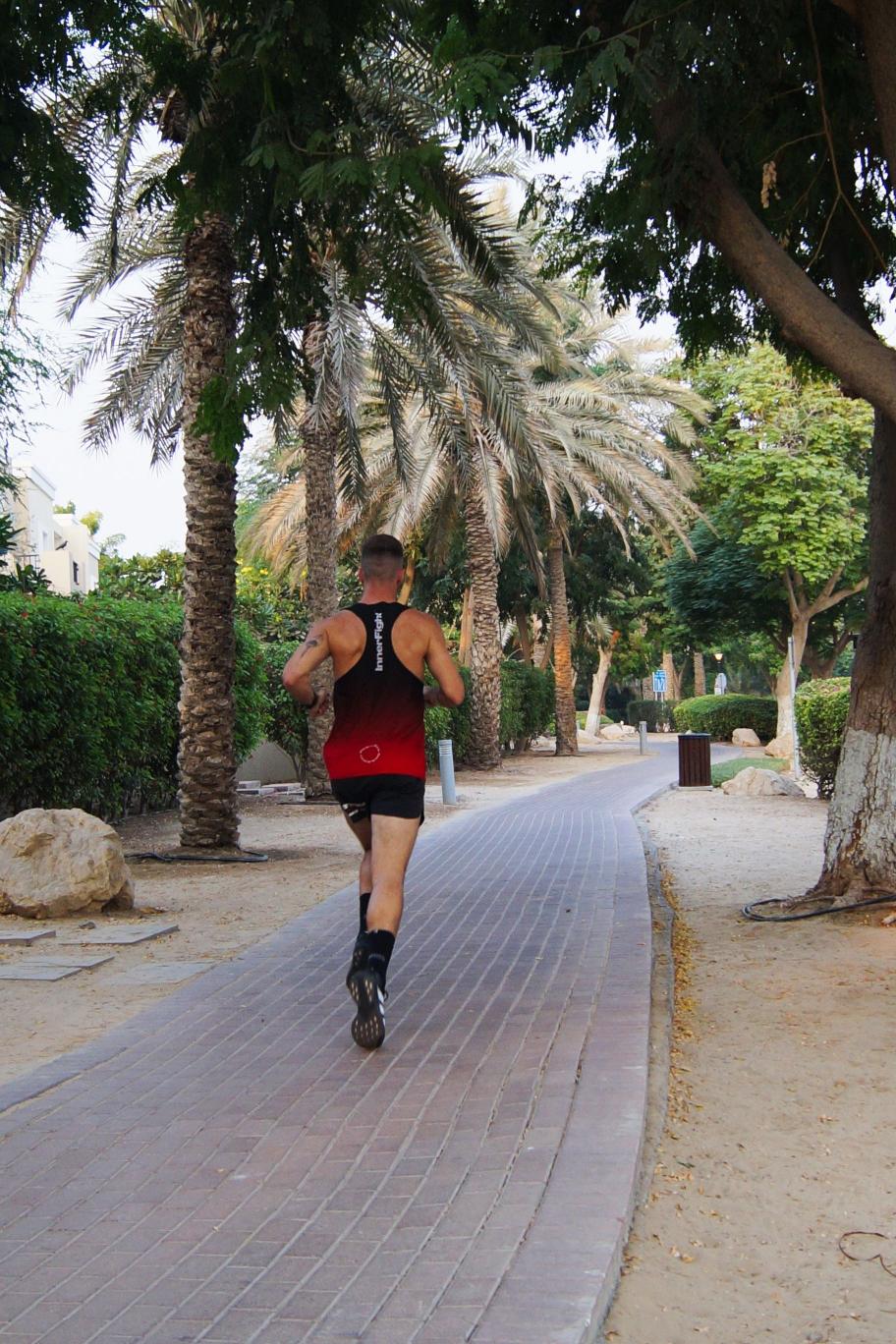Training Postpartum Ladies

One of the benefits during lockdown was that I signed up for a few online courses, I enrolled in to the Pregnancy and postpartum athleticism by Brianne Battles.
Wanting to learn more on how to best manage my clients with there training while being pregnant. #lockdownbabyboom
This article will be to help those who are postpartum
You got the "green light" from your doctor to start working out.
Now what?
Although you probably just want to loose the extra pounds you've put on over the past 9 months. I would recommend to focus first on rebuilding your body. No matter how easy or hard your pregnancy was, your body went through a tremendous amount of stress.
Therefore start with
1. RECOVERY : emphasis on sleep/ rest, hydration, adequate nutrition that will support your recovery (defiantly not a diet restricting you from any food groups), getting used to the new baby and nursing.
2. PHYSICAL THERAPY : positional and breath tendencies, birth considerations/implications and current/ future demands, ADL's
A. Pelvic floor exercises (Kegels)
You probably already did these during your pregnancy -if you listened to your doctor.
Continue doing them to strengthen your pelvic floor before thinking of doing any other exercises.
For those who didn't do them yet here's how to:
Tighten your pelvic floor muscles (the ones used to stop the flow of urination).
Hold for 10 seconds.
Repeat throughout the day.
B. Diaphragmatic breathing
You can start this within the first few days after giving birth. Focus on deep breathing can help you to relax and reduce stress. The easiest movement you can do to rebuilding your core strength.
Lie flat on the floor on a yoga mat.
Relax your body, focusing on releasing the tension from your toes to the top of your head.
Put a hand on your chest and another on your stomach.
Take a deep breath in through the nose. This will expand your stomach, but your chest should remain relatively still. Breathe in for 2 to 3 seconds.Exhale slowly while keeping one and on the chest and one on the stomach.
Repeat several times for 2 to 3 minutes.
3. REHABILITATIVE MOVEMENT: connection based movement that builds into basic movement patterns, coordinated system
Examples :
STRATEGY:
breath : how you breath during the movement, are you holding your breath or breathing in or out during the eccentric part of the exercise.
Little changes here can support how your core will be engaged.
pressure : where are you holding pressure and how much?
tension : what amount of tension is needed to pick up a small weight VS heavier weight
positioning : how are you standing?
movement : use movements you are familiar with.
6 week PostPartum training program template
WEEKS 1-2 :
The focus here is to educate and assess how we use the core and pelvic floor during basis exercises and overall routine. Less is more during this period, feedback and feel on each movement will assist the process.
WORKOUT EXAMPLE:
2-3 sets of rehab movements
low reps (4-6)
keep it familiar, simple movements ( 3-4 exercises for 10 min)
Example: 10 min amrap
5 glute bridge
10 body weight squats
8 cal on bike or rower
WEEKS 3-4 :
Adding manageable load ( load that reflects your activities of daily living. 2-15 kg)
Controlled volume with good form and a moderate pace. Staying aware and providing feedback for symptom like Diastesis Recti or incontinence is important during this time.
WORKOUT EXAMPLE:
1-2 rehab movements ( 6-8 reps)
1 compound movement + 1 accessory movement (6-8 reps)
Conditioning circuit ( low intensity)
Example : 15 min amrap
30 sec farmers carry
10 lunges
5 KB deadlifts
10 banded lat pull down
5 ring rows
WEEKS 5-6:
Depending on how you felt in the past weeks you can add more load and intensity while maintaining the foundation. Keep movement quality high and monitor symptoms
WORKOUT EXAMPLE:
1-2 rehab movements
1 compound movement ( 4-6reps)
2 accessory movement ( 8-10 reps)
Example : Intervals with increasing intensity and set rest
2-3 sets
30 sec sprint on rower
rest 15 sec
45 sec sprint on rower
20 sec rest
60 sec sprint on rower
rest 30 sec
Takeaway don't rush into training to get back in shape or lose the extra kilos, but find a good postnatal PT that can assess your symptoms, be patient, progress slowly into the movements each person will be different on how the movements feel.
Pay attention on your strategy if something doesn't feel right try out a different strategy or wait a few more weeks to reintroduce it.
Give your body the time to heal and thing of the long run!




.jpg)
.avif)
.jpg)
.jpg)

.avif)




